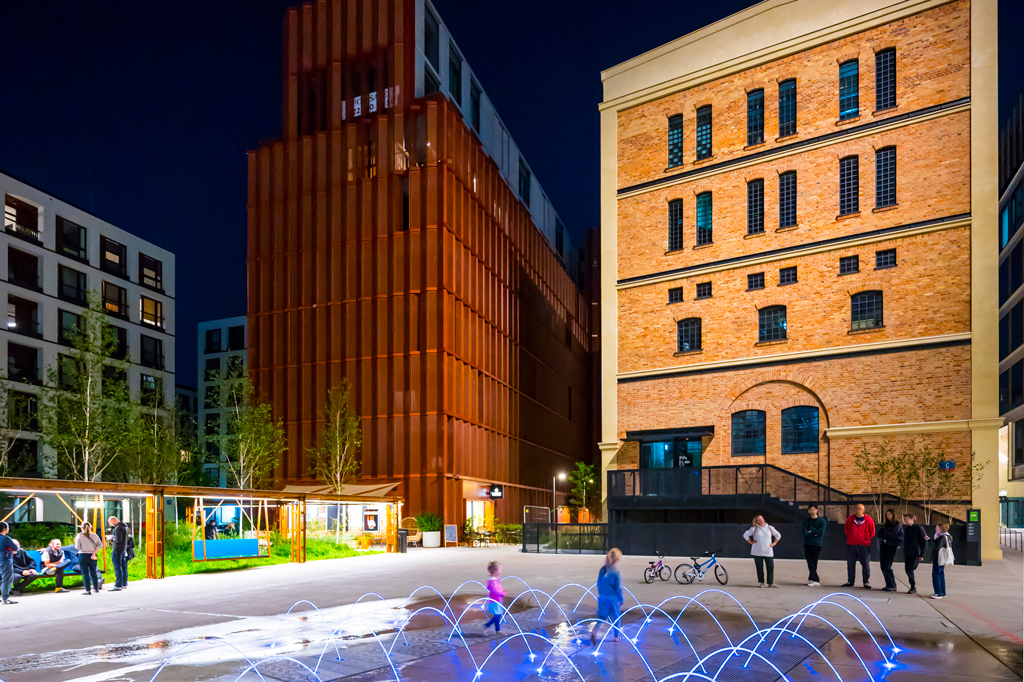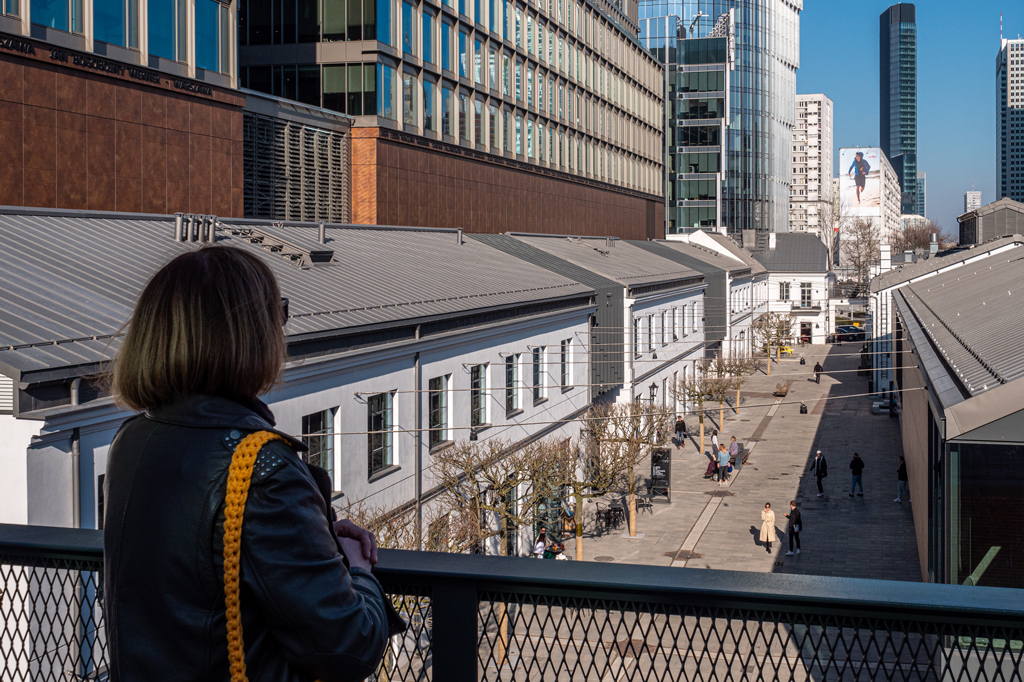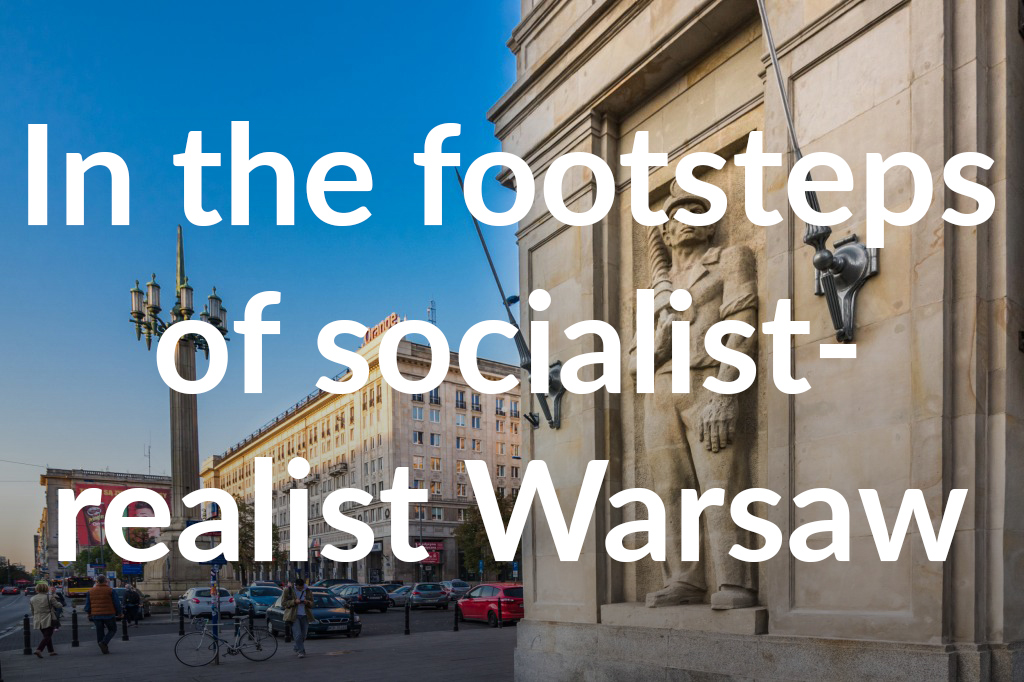Revitalised industrial and retail spaces
Did you know that Warsaw was one of the most important industrial cities of both 19th century tsarist Russia and free Poland? From the beginning of the industrial era, Poles and migrants from Western countries opened their factories here. The largest number of factories were built in Praga and Wola. In many of these, production continued into the 1970s. The last major plant in the city centre, the Browary Warszawskie brewery only stopped production in the early 21st century. In recent years, in order to save the historic buildings from destruction, they have undergone revitalisation. The reconstructed and rebuilt interiors now house restaurants, bars, shops and cultural facilities. So, come and visit these historical sites into which new life has been breathed!
Koneser Praga Centre
When strolling along Ząbkowska street in Old Praga, you certainly won’t miss the Koneser vodka factory, established in the 19th century. Here, behind a red brick wall, were two factories: the tsarist, state-owned Warsaw Wine Storehouse and the private Warsaw Rectification company. The two companies worked together and constituted one of the largest vodka factories in the Russian Empire at the time. It was not until the 1970s that the spirits factory ceased production.
After its revitalisation in 2018, Koneser revealed a new face. Modern buildings have been built in the factory’s grounds forming a coherent whole with the renovated neo-Gothic buildings of the former vodka factory. In addition to restaurants, galleries and shops, be sure to visit the Museum of Polish Vodka, situated in former factory buildings. There you will learn about the history of our national drink and even taste selected vodkas. Koneser is also a vibrant cultural centre – so keep an eye on the events that take place there especially during the summer season.
Plac Konesera 2
koneser.eu
Elektrownia Powiśle
Built in 1904, Elektrownia Powiśle was the first power station in Warsaw. It operated for almost 100 years, even during the Warsaw Uprising, when it was taken over by Poles and supplied electricity to important strategic facilities. Ruined during the war, it was rebuilt and operated until the 1990s.
The revitalisation of this landmark industrial building was completed in 2020. Be sure to visit Elektrownia Powiśle to do some shopping in the historic industrial interiors, meet up with friends or have a tasty meal in one of the dozen or so restaurants operating in the Food Hall. Also visit the Eco Market on Fridays and Saturdays. But before you go inside, look out for the towering boiler house with its original blue box at the top. It’s the former transfer station where coal transported from below went. Inside the buildings, you will find plenty of evidence of the site’s industrial past. You will come across the original equipment that was used to operate the power station, which is now used as decoration.
ul. Dobra 42
elektrowniapowisle.com
Warsaw Breweries
The history of the brewery on Grzybowska street began in 1846, when two entrepreneurs, the baker Klawe and the brewer Haberbusch, bought an old brewery at auction. A while later, a second brewer, Schiele, also joined the company. Over the years, the Haberbusch and Schiele brewery became one of the largest in Europe. It was nationalised after the Second World War, and beer production in the heart of Warsaw only ended in 2005.
Be sure to visit the former brewery, which has been bustling with new life since 2021. It is now a modern centre with offices, apartments and bars & restaurants. The last of these will certainly interest you. The cellars of the former beer store now house the artisanal Warsaw Brewery, and the now-famous Nine’s restaurant owned by footballer Robert Lewandowski operates in the preserved brewhouse building.
ul. Grzybowska 58
browarywarszawskie.com.pl
Norblin Factory
The Norblin Factory is the newest post-industrial revitalisation in Warsaw. Initially, the site housed a plating company, which in 1882 became the property of the famous industrialists Ludwig Norblin and Theodor Werner. After the Second World War the state-owned Warszawa metal pressing company started production in these buildings. After its closure in 1982, it housed the Museum of Industry, the Museum of Printing and a theatre.
Thanks to the revitalisation, the factory site has been transformed into an office and service centre. Head here to admire the salvaged buildings, the old rails incorporated into the pavements, the original ovens and the interestingly used factory trolleys. Also visit the Norblin Factory Museum, see a film at KinoGram and buy organic vegetables at the iconic Biobazar! Finally, enjoy the panoramic view of the city centre from the observation deck.
ul. Żelazna 51/53
fabrykanorblina.pl
Hala Koszyki
Years ago, market halls were the most important places for retail in Warsaw. Each district had its own market hall, and one of these is Hala Koszyki located in Śródmieście on Koszykowa street. It was built between 1906 and 1909 in the Art Nouveau style. In the past, its front wings housed shops spread over several storeys, while the rear section had stalls and smaller shops. Hala Koszyki suffered badly during the Second World War and did not regain its former glory.
That was until its redevelopment began in 2009. The work carried out resulted in a new building that retains many of the original elements. When you step inside the hall, you’ll find that it now has a very different purpose to the original. The market stalls have been replaced by trendy restaurants. The place buzzes with activity throughout the day – this is where you come for lunch, an evening drink or to listen to a ”Classics on Koszyki” concert. So mingle with the guests!
ul. Koszykowa 63
koszyki.com









